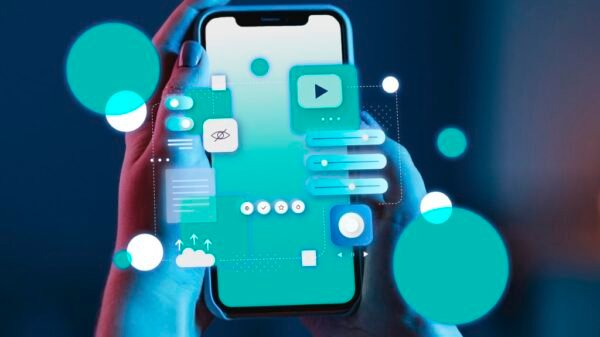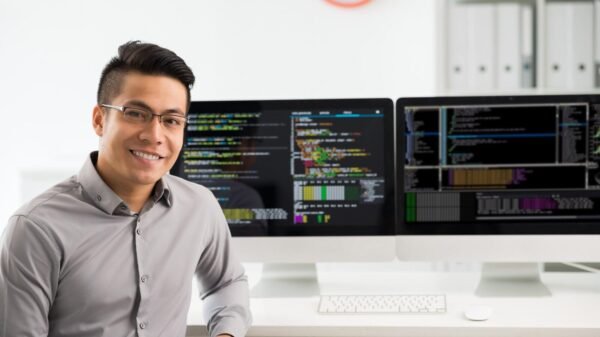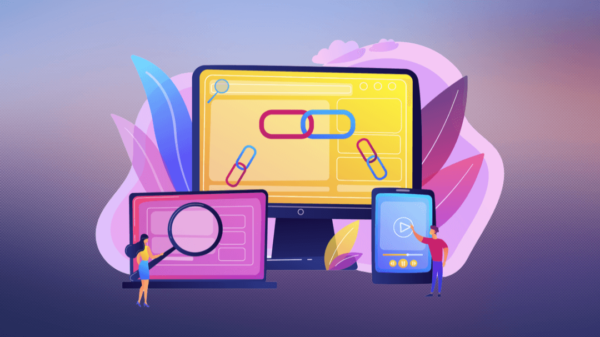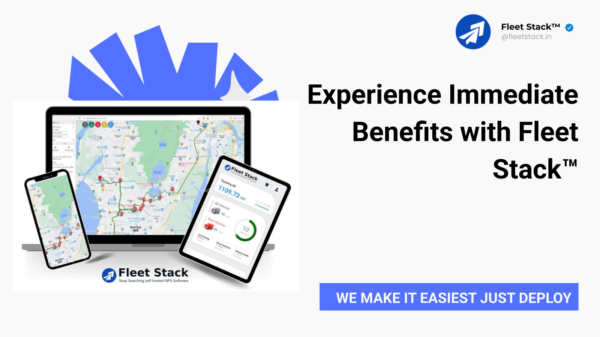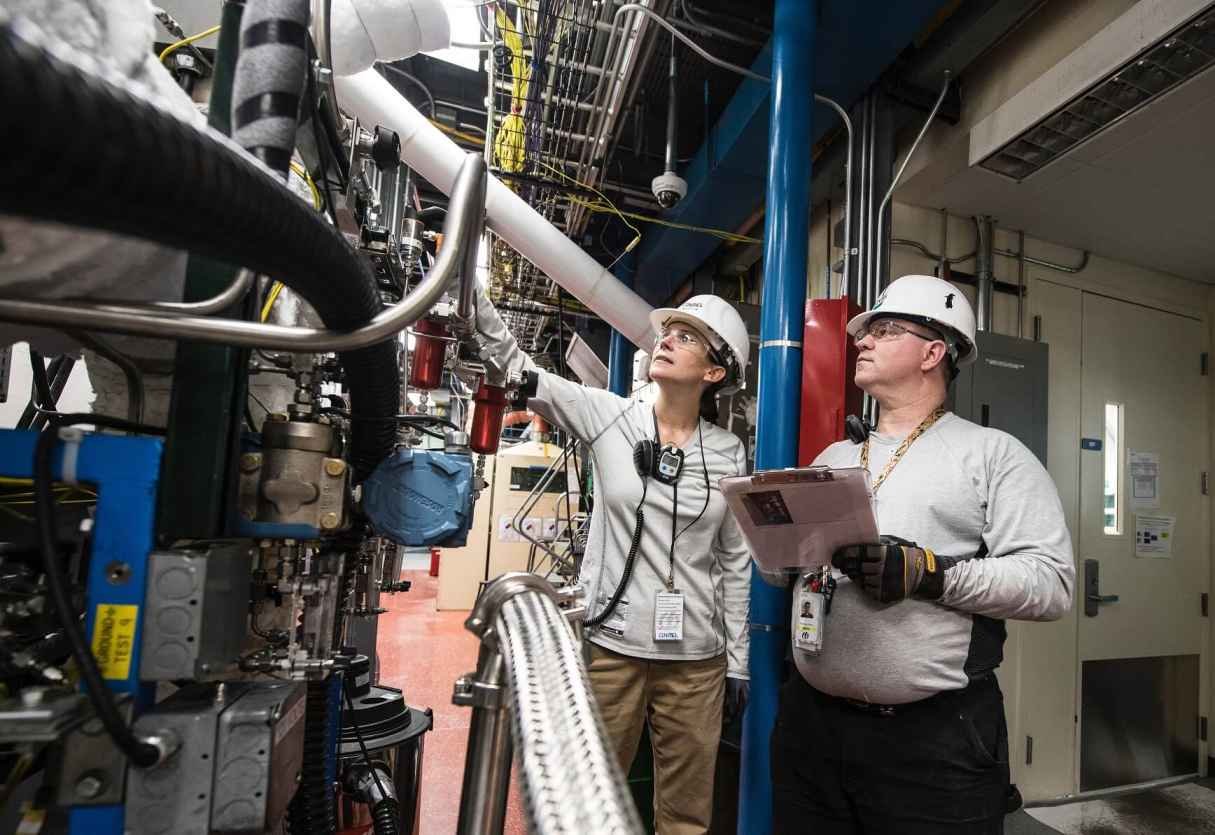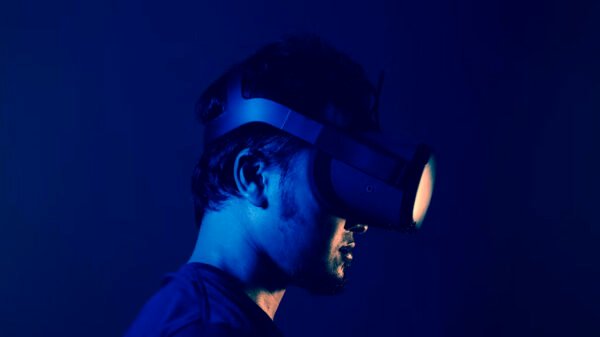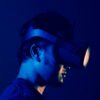In software development, quality assurance of applications is a fundamental requirement. Visual testing is crucial for ensuring the integrity of your application’s user experience and interface. This aspect gains even more significance with the growing emphasis on automation testing in modern software development workflows.
Automation testing, particularly in the realm of visual testing, plays a pivotal role in streamlining the verification process. It allows developers and QA teams to efficiently detect visual inconsistencies that could potentially disrupt the user experience. Over time, visual testing techniques and tools, driven by the demands of automation, have undergone a remarkable evolution.
In this blog, we’ll delve into the evolution of visual testing, tracing its journey from traditional screenshot comparisons to the advanced technique of pixel-perfect validation. As we explore the landscape of visual testing tools, we’ll specifically focus on those best suited for automation testing. Moreover, we’ll guide you through the process of running your first visual test using these cutting-edge tools.
Traditional Visual Testing Methods
Screenshot Comparison
One of the earliest methods of visual testing involved capturing screenshots of web pages or applications at different stages of development and comparing them visually. While this approach allowed testers to spot obvious visual discrepancies, it had its limitations. Slight variations in rendering, such as different browsers or screen sizes, could lead to false positives, making it less reliable for comprehensive visual testing.
Human-eye Validation
Another traditional approach was to rely on human testers to manually validate the visual aspects of a web page or application. While human testers are excellent at identifying visual defects, this method is time-consuming, expensive, and prone to human error. Moreover, it’s not scalable for larger projects or frequent releases.
The Transition to Automated Visual Testing
Recognizing the shortcomings of manual and screenshot-based methods, the software development industry started shifting toward automated visual testing. Automated visual testing leverages tools and frameworks to capture and compare screenshots automatically, reducing the reliance on manual validation.
Benefits of Automation
Automation brings several advantages to visual testing:
- Speed and efficiency: Automated tests can run quickly and repeatedly, making it suitable for agile and continuous integration environments.
- Consistency: Automated tests are consistent and unbiased in their evaluations.
- Scalability: Automated testing can handle a large number of test cases and variations.
- Cost-effectiveness: Over time, automated testing can be more cost-effective than manual testing.
LambdaTest: Best platform for Automated Visual Testing
LambdaTest’s visual regression testing service harnesses AI to automate visual UI testing in various environments. Compatible with Selenium, Cypress, Playwright, and Puppeteer, it supports over 3000 desktop and mobile configurations. Key features include PDF comparison, SmartUI CLI for advanced testing, a Status Bar Ignore feature for precise UI analysis, and real-device testing. This service is pivotal in ensuring digital interfaces are error-free and visually consistent, catering to the evolving needs of modern web development.
LambdaTest’s visual testing capabilities make it a valuable addition to any software testing toolbox. It helps ensure that your application looks and behaves consistently across various platforms and configurations.
Performing visual regression testing using LambdaTest’s Smart Testing is a streamlined process that ensures the visual integrity of your web applications. Here’s a comprehensive guide based on the provided reference:
Run Your first Automated Visual Test using LambdaTest and Selenium
Prerequisites: Before starting, ensure you have a basic understanding of Selenium and WebDriver. You’ll also need access to LambdaTest SmartUI.
Step 1: Login to LambdaTest SmartUI
- Go to LambdaTest SmartUI and log in using your credentials.
Step 2: Set Up Selenium Remote Connection
- Access your Selenium remote connection instance by visiting hub.lambdatest.com/wd/hub.
- Copy your LT_USERNAME and LT_ACCESS_KEY credentials from the “Access Key” button on the top right of the LambdaTest dashboard.
- Set your credentials using the following commands based on your operating system:
For MacOS/Linux:
- export LT_USERNAME=”YOUR_USERNAME”
- export LT_ACCESS_KEY=”YOUR_ACCESS_KEY”
For Windows Command Prompt:
- set LT_USERNAME=”YOUR_USERNAME”
- set LT_ACCESS_KEY=”YOUR_ACCESS_KEY”
For Windows PowerShell:
- $env:LT_USERNAME=”YOUR_USERNAME”
- $env:LT_ACCESS_KEY=”YOUR_ACCESS_KEY”
Step 3: Create a SmartUI Project
- In LambdaTest, create a SmartUI Project to manage your test runs.
- Go to the Projects page.
- Click on the “New Project” button.
- Select “Web” as the platform for your Selenium tests.
- Provide a project name, approvers, tags for filtering, and click “Submit.”
Step 4: Configure Selenium Desired Capabilities
- Clone the sample GitHub repository at https://github.com/LambdaTest/smartui-node-sample using git clone.
- Follow the instructions in the README.md file to set up LambdaTest credentials.
- Edit the capabilities for your test suite based on your preferred programming language.
- Ensure your capabilities include details like browser version, platform name, and project information.
Step 5: Execute the Test
- Install any necessary dependencies for your chosen programming language using the appropriate command.
- Execute your test script, which will connect to LambdaTest’s Selenium Cloud Grid using your credentials and specified capabilities.
Step 6: Configure Screenshot Capturing Options
- Depending on your testing requirements, you can capture different types of screenshots:
- For viewport screenshots, use smartui.takeScreenshot with appropriate configuration.
- For full-page screenshots (applicable to Selenium >= 4.0.0 with Chrome), use smartui.takeFullPageScreenshot.
- To capture screenshots of specific elements, use smartui.takeScreenshot with element-specific configurations.
Step 7: View SmartUI Results
- After running your tests, you can access the SmartUI dashboard to view build results and compare snapshots between different test runs.
- Identify any mismatches or differences from the baseline build for visual testing.
Step 8: Fetch Screenshot Status and Results
- You can use webhooks to fetch the status and results of captured screenshots. These webhooks can provide details like screenshot names, URLs, status, mismatch percentage, and more.
- Use smartui.fetchScreenshotStatus to retrieve general screenshot status or specify a screenshot name for specific results.
By following these steps, you can effectively perform visual regression testing using LambdaTest’s Smart Testing with Selenium, ensuring the visual consistency and quality of your web applications across different platforms and browsers.
The Rise of Layout Testing
As automated visual testing gained popularity, the need for more precise testing methods became evident. This led to the emergence of layout testing.
What is Layout Testing?
Layout testing is a subset of visual testing that focuses on the layout and design aspects of a web page or application. It involves verifying the placement and alignment of page elements, ensuring that they adhere to design specifications. Layout testing tools can detect issues such as misaligned elements, overlapping content, or incorrect padding and margins.
Why Layout Testing is Important
Layout issues can negatively impact user experience and accessibility. For example, a misaligned button could make it challenging for users to complete a form, leading to frustration and potential abandonment of the application. By incorporating layout testing into their testing strategies, development teams can proactively address these issues and deliver a polished user interface.
How Layout Testing Differs from Traditional Visual Testing
Layout testing goes beyond the scope of traditional screenshot comparison. While traditional methods might identify visual defects, layout testing tools specifically focus on the structural integrity of the page. This specialized approach enhances the precision and accuracy of visual testing.
The Emergence of Pixel-Perfect Validation
Taking precision to the next level, pixel-perfect validation has gained prominence in the world of visual testing.
What is Pixel-Perfect Validation?
Pixel-perfect validation is a highly precise form of visual testing that ensures each pixel of a web page or application matches the expected result precisely. It leaves no room for ambiguity and is particularly valuable when dealing with design-critical applications, such as e-commerce websites or graphic-intensive platforms.
The Advantages of Pixel-Perfect Validation
Pixel-perfect validation offers several advantages:
- Uncompromising Accuracy: It guarantees that the application’s visual appearance is flawless down to the pixel level.
- Enhanced User Experience: Applications subjected to pixel-perfect validation provide a consistent and aesthetically pleasing experience.
- Design Compliance: Pixel-perfect validation ensures that the application adheres to design guidelines and brand standards.
Challenges in Implementing Pixel-Perfect Validation
While pixel-perfect validation offers unparalleled accuracy, it comes with its own set of challenges.
Compatibility and Cross-Browser Issues
One of the primary challenges in pixel-perfect validation is ensuring compatibility across different browsers and browser versions. Variations in rendering engines can lead to subtle differences in how web pages are displayed.
Pixel-perfect validation tools, like LambdaTest, address this challenge by allowing testers to run tests across multiple browsers and operating systems. This comprehensive testing approach helps identify and rectify cross-browser discrepancies.
Handling Dynamic Content
Modern web applications often feature dynamic content that changes based on user interactions or data updates. Pixel-perfect validation must account for these dynamic elements and ensure that they align correctly with the rest of the page.
Tools like LambdaTest offer features to handle dynamic content gracefully. Testers can define regions of interest within the page and track changes in those areas, ensuring that dynamic content remains visually consistent.
Scalability Challenges
Pixel-perfect validation can be resource-intensive, especially when testing large applications or performing tests across numerous configurations. Managing and scaling test infrastructure can be challenging without the right tools and strategies in place.
LambdaTest, being a cloud-based platform, provides the scalability needed for pixel-perfect validation. It offers a range of testing environments and parallel testing capabilities, allowing teams to scale their visual testing efforts as required.
Case Studies and Success Stories
To illustrate the effectiveness of pixel-perfect validation, let’s explore some real-world case studies and success stories.
Case Study 1: E-Commerce Redesign
An e-commerce company decided to undergo a website redesign to improve user engagement and conversion rates. Pixel-perfect validation using LambdaTest helped ensure that the new design was flawlessly implemented across all browsers and devices. As a result, the company witnessed a 20% increase in conversion rates and a significant reduction in user complaints about visual issues.
Case Study 2: Mobile App Launch
A mobile app development team used pixel-perfect validation to launch their app on iOS and Android devices. By verifying the pixel-perfect rendering of the app’s UI components, they achieved a 5-star rating on app stores and received positive user feedback regarding the app’s visual appeal and usability.
Best Practices for Implementing Pixel-Perfect Validation
To make the most of pixel-perfect validation, consider the following best practices:
Test Planning and Strategy
- Identify critical areas of your application that require pixel-perfect validation.
- Develop a comprehensive test plan that includes test scenarios and success criteria.
- Establish baseline images that serve as the reference for pixel-perfect comparison.
Choosing the Right Tools and Technologies
- Select a robust pixel-perfect validation tool or platform like LambdaTest that supports cross-browser testing and dynamic content handling.
- Integrate pixel-perfect validation into your existing CI/CD
pipeline to catch visual defects early in the development cycle.
The Future of Visual Testing
As software development continues to evolve, visual testing will remain a vital component of delivering high-quality applications. The future of visual testing is likely to see further advancements in automation, AI-driven testing, and enhanced support for emerging technologies such as AR/VR.
Conclusion
Visual testing has come a long way, from manual screenshot comparisons to the precision of pixel-perfect validation. With tools like LambdaTest, software development teams can ensure that their applications not only function correctly but also look impeccable across diverse environments. As the software landscape evolves, embracing modern visual testing techniques is essential to delivering exceptional user experiences and staying competitive in the market. Stay tuned for the exciting developments in the world of visual testing, and make sure your testing strategies evolve along with it.
Also read:
13337x– The Most popular website – Geeks Around World










